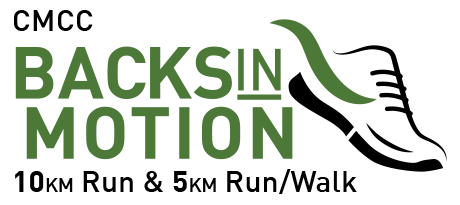Over the years I’ve observed a common error made by some people living with diabetes. A large percentage of the general population wears wears their shoes too small. This is of particular importance to diabetics. Improper footwear and poor fit is a major concern because it has the potential to cause serious injury.
Poorly controlled diabetes of long duration can effect circulation and sensation of the diabetic foot making it difficult to detect problems with fit. For instance, whether there’s adequate room in the toe area of a shoe. Unfortunately, most people with diabetes often suffer some kind of injury before this problem is recognized.
Help from a footwear specialist is essential in making the right choice when buying shoes and preventing possible long term foot ailments. Any sign of cuts, scratches and even calluses should be dealt with by a medical professional immediately. A simple blister or a bruised toenail has the potential to cause serious infection especially since there’s often compromised circulation to the foot. For example, in a non-diabetic foot a bruised toe nail will fall off and re-grow in a month or two. However, for someone with diabetes it can take many months. Blisters can become open wounds and require greater attention. Keeping the area clean from infection is imperative. These ailments take a longer time to heal for people with diabetes making them more susceptible to infection.
If an infection does occur, extra glucose actually feeds the germs and helps them grow. This combined with the lack of efficient blood circulation (healing power) can lead to gangrene, which can lead to amputation of the toe, foot or even part of the leg. This is why foot care is so important for people with diabetes. Prevention with properly fitted footwear is the key to healthy feet.
Here is a daily care routine:
- Wash your feet every day with lukewarm (not hot) water and mild soap.
- Dry your feet well, especially between the toes. Use a soft towel and pat gently; don’t rub.
- Keep the skin of your feet smooth by applying a cream or lanolin lotion, especially on the heels. If the skin is cracked, talk to your doctor about how to treat it.
- Keep your feet dry by dusting them with non-medicated powder before putting on shoes, socks or stockings.
- Check your feet every day. You may need a mirror to look at the bottoms of your feet. Call your doctor at the very first sign of redness, swelling, pain that doesn’t go away, numbness or tingling in any part of your foot.
- Don’t treat calluses, corns or bunions without talking to your doctor first.
- Cut toenails straight across to avoid ingrown toenails. It might help to soak your toenails in warm water to soften them before you cut them.
- Don’t let your feet get too hot or too cold.
- Don’t go barefoot.
- Choose microfiber socks instead of cotton as these will keep your feet drier, and therefore reduce the chance of blistering and fungal growth.
- Inspect your the insides of your shoes for foreign objects (small rocks, sand, etc…)
More on buying the right shoes:
In general the best and most appropriate shoes are running shoes – not tennis, walking or cross trainers, but running. This category of footwear is the least likely to have pressure points. The uppers (the material against the top of your foot) are made of the softest materials allowing for maximum breathability, and flexibility. You will find that the running shoe category provides the best selection of widths and support options, while supplying unmatched, long lasting cushioning. When fitting, it’s always best to get the opinion of an experienced sales person. Let them know you are living with diabetes and any specific problems that may affect the fit or choice of shoes (bunions, sensitive spots, etc.). Make sure you have enough space in the toe area. Shoes should fit snug (not tight) from where the laces start to back around your heel. Having extra toe space is a good thing. Our toes spread when we toe (push) off. That extra space will prevent rubbing and contact that can irritate and even cause bruising or blistering. Diabetes can change the shape of your feet such as loss of fatty padding or falling arches. Good footwear dealers will carry a selection in multiple widths for you to choose from making it possible to customize fit even further.
Taking good care of your feet means making sure you have the right shoes. Whether you have been recently diagnosed or have had diabetes for many years, proper shoes can help you walk in comfort and prevent serious foot problems. Walking is an important factor in the management of Diabetes.
About the Author, Nick Capra
Nick has over 25 years of experience in the technical footwear industry, fitting literally thousands of people. This experience extends to amateur and professional athletes as well as individuals with special medical needs.





















Good day Dr. Nick
My uncle is diabetes and he has finished his operation, he lost three toes.
I have been trying to find for him the right footwear.
So kindly if you have any recommendation regarding a special shoe if any, and from where to get it, you will be much appreciated.
Many thanks for your time and co-operation
Best regards
Omar
Hi Omar,
I am not a doctor, however I do specialize in fitting footwear as are all the floor staff at Running Free. I can not give you a recommendation without looking at your uncles feet and specific gait. What I can recommend is to come by our Markham or Barrie shop and have one of the staff take a look to determine what would work best for his specific needs. If you are not from Southern Ontario, find a reliable running shop in your community and have them asses your uncle. Use the guidelines laid out in the article for best results. Good luck.
Nick Capra
Its a good way to help people to control sugar level.
You are doing a brilliant job.
Thanks
Smih